How to Grow Eryngium Sea Holly – Easy Care Plant
Growing Sea Holly: A Beginner’s Guide to a Unique Garden Addition
If you’re on the lookout for a plant that’s both unusual and eye-catching for your garden, sea holly (Eryngium) might just be the contender you’re seeking.
With its striking ice-blue flowers and spiny-toothed leaves, sea holly plants adds a unique texture and color that can elevate the visual interest of any garden space. Not only is it a standout aesthetically, but it’s also known for its hardiness and ease of care.
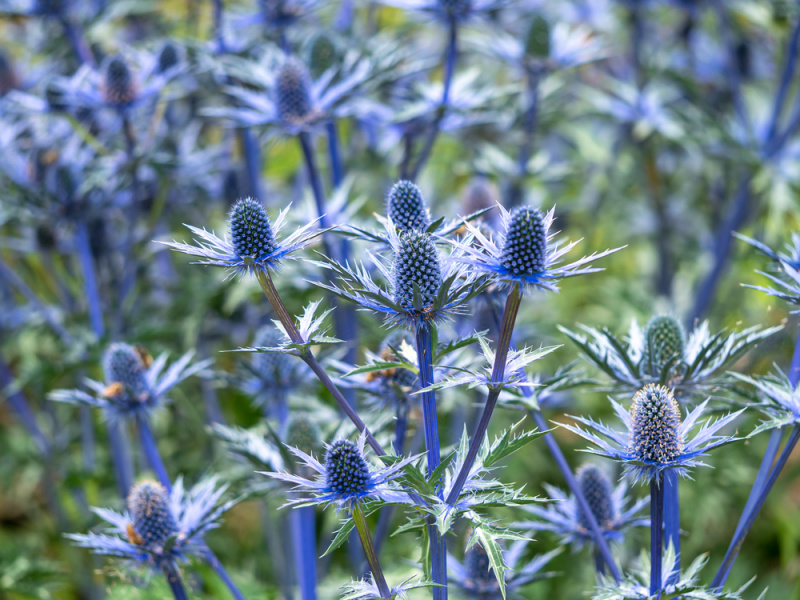
Here’s a conversational guide to help you grow and nurture your very own sea holly, turning your garden into a conversation starter among your friends and neighbors.
What is Eryngium?
Before we dive into the how-to’s, let’s get acquainted with sea holly. Eryngium is a perennial plant, meaning it comes back year after year, which is always a win in my book.
Its distinctive feature is its steel blue flowers (they look like blue cones) and bracts, which are actually modified leaves that resemble petals, surrounding the flower heads.
Note: Sea Holly flowers also comes in white.

These plants are not only a visual treat but are also magnets for pollinators like bees and butterflies. So, by adding eryngiums to your garden, you’re also supporting the local ecosystem.
In my garden the range of pollinators attracted to the Sea Holly was amazing, I saw bugs that I have never spotted on any other flower.
Choosing the Right Spot
Sea holly thrives in full sun and well-drained soil. It’s a plant that loves the sunbathing life, so the more sunlight, the better.
When choosing a spot in your garden, look for an area that gets at least six hours of direct sunlight daily.
With their long taproot sea holly is quite drought-tolerant once established, making it perfect for sunny and dry spots where other plants might struggle. They also work well in a rock garden.

Soil Prep and Planting
When it comes to soil, sea holly isn’t too picky, but it does best in well-drained soil. In fact, it seems to love sandy soil.
If you have heavy clay soil, consider mixing in some grit or gravel to improve drainage. Or plant this on a mound of well draining soil.
This plant does not like wet feet, so good drainage is key to keeping it happy and healthy.
You can plant sea holly from seeds or nursery-grown plants. If starting from seeds, sow them directly in your garden after the last frost, or start them indoors about 8-10 weeks before the last frost date.
For nursery plants, simply plant them at the same depth they were in their pots. Space the plants about 18-24 inches apart to give them room to grow and spread. They are usually available bare-root as well.
For more plants, you can also easily root cuttings from sea holly.

Watering and Care
Once established, sea holly is quite low-maintenance. Water the plants regularly during the first growing season to help them establish a robust root system.
After that, they are remarkably drought-tolerant. However, in extremely dry and sunny conditions, they’ll appreciate a drink to keep them looking their best.
Fertilizing isn’t usually necessary, especially if you’re starting with good soil. If you want to give your plants a little boost, you can add a layer of compost around the base in the spring.
Pests and Problems
One of the great things about sea holly is that it’s relatively pest and disease-free. Occasionally, you might encounter aphids or other common garden pests, but these can be easily managed with a blast of water from the hose or an application of insecticidal soap.
One caveat to this, I have found that gophers LOVE to eat Sea Holly so plan accordingly if you struggle with the varmints. I now plant mine in protected raised beds or gopher cages.

Enjoying the Blooms
Sea holly typically blooms in the summer, adding a splash of color to your garden when many other plants start to fade. The flowers are long-lasting and can be enjoyed in the garden or as part of cut flower arrangements. Plus, the spent flowers are excellent dried, retaining their color and shape for months.
Wrapping Up
Growing sea holly is a fantastic way to add a unique touch to your garden. Its striking appearance, drought tolerance, and low maintenance requirements make it an excellent choice for gardeners looking to add some unique garden plants to their landscape.
Follow these tips, and you’ll be on your way to enjoying the striking beauty of sea holly in your garden.
Happy gardening!


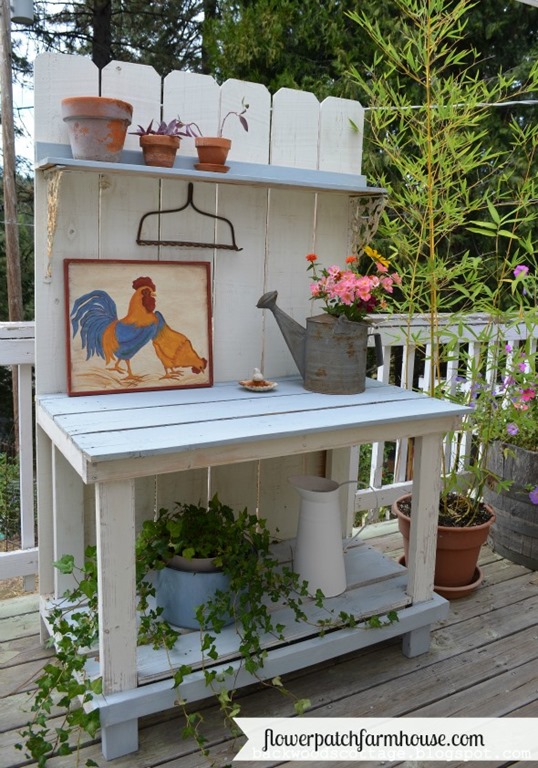
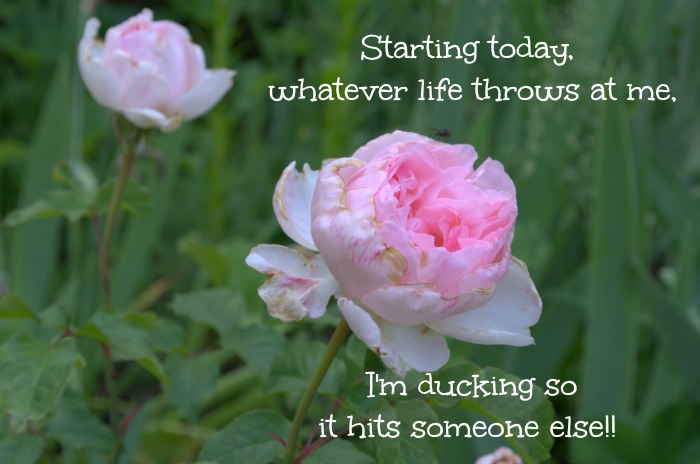
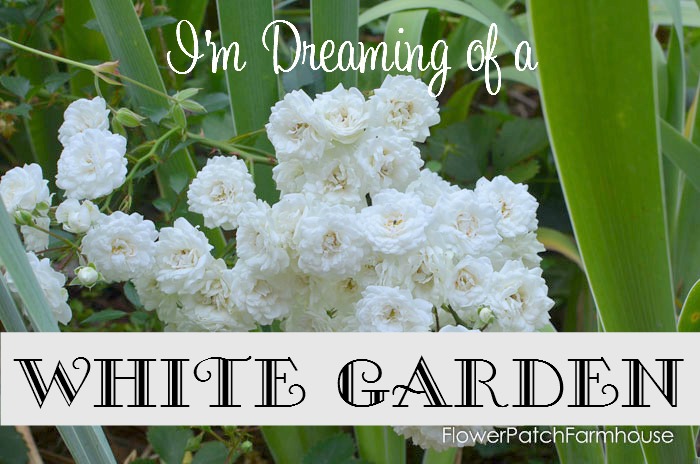

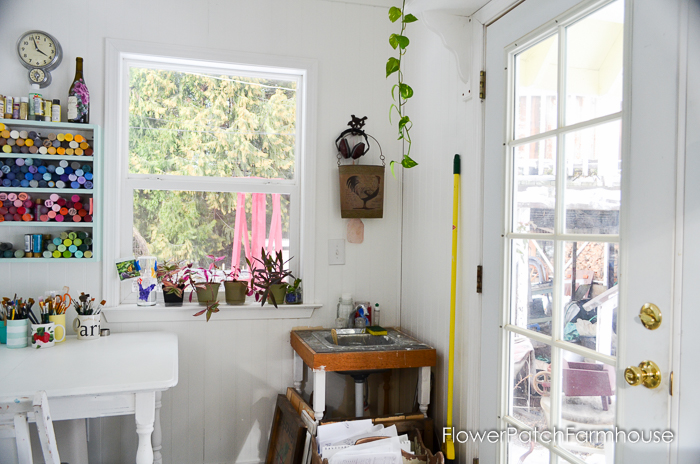
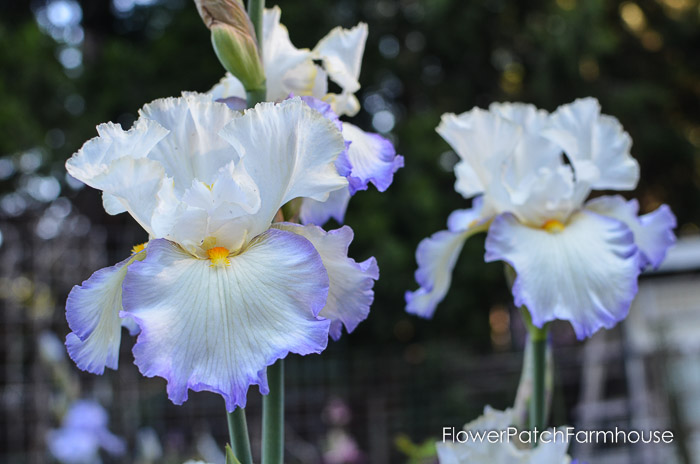
Yes, it has been a strange winter, I winter sowed some Sea Holly but have yet to see germination. I should try more inside on my seed starting rack to be sure.
Thank you for this post on Sea Holly. I planted two in my front garden last year. Crossing my fingers that they both made it through a strange winter in my area. Thanks for the tips.